Money speaks louder — and faster — than science. While proponents and opponents of electronic cigarettes wait for studies to bolster their arguments, there's already solid and compelling evidence that electronic cigarettes provide at least $40 billion in economic benefits to taxpayers and employers as well as to the health and hospitality industries.
If electronic cigarettes become the nicotine delivery method of choice for U.S. smokers, the country would save more than $13 billion a year in costs related to fires and secondhand smoke. Employers could recover a minimum of $26.6 billion in lost productivity every year. And the hospitality industry could easily get a $400 million annual boost if bar and restaurant patrons were free to vape in their favorite watering holes. The total annual economic benefit of converting smokers to ecigarette users would top $40 billion a year and could top $286 billion dollars.
Fire-Related Health Costs: $420 Million Savings
Electronic cigarettes are definitely a safer — and economically friendlier — choice than traditional cigarettes when it comes to fire safety.
Smoking cigarettes is the leading cause of fatal residential fires in the United States. More people die from fires caused by abandoning cigarettes and related materials than from cooking, portable heaters and bedroom candles, fire officials say.
Fourteen percent of all fire deaths in homes and apartments stemmed from cigarette smoking, according to a 2012 report from the United States Fire Administration.
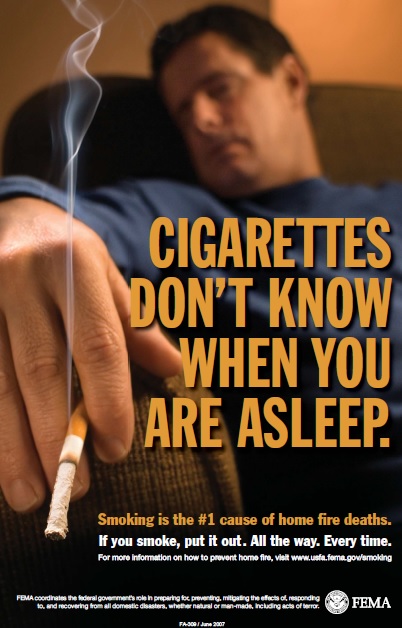
And the cost of fire-related injuries adds up to $7.5 billion a year. This includes $3 billion for fatal injuries, $1 billion for injuries that required hospitalization and $3 billion for injuries that required treatment but not hospitalization.
Electronic cigarettes do not produce smoke or ash so a discarded ecigarette will not cause a fire. And you do not need matches or lighters to use an ecigarette — they operate on batteries.
Fire deaths are higher in states where a large percentage of its population smokes. In Arkansas, for example, fire deaths are more than four times more likely to occur than in California. About 25 percent of the adult population in Arkansas smokes, compared to about 15 percent of the population in California, according to the Centers for Disease Control and Prevention.
If all smokers switched to electronic cigarettes, the savings in health care costs would amount to $420 million a year, based on the USFA report and statistics compiled by the Centers for Disease Control and Prevention.
Property Loss Reduction: $138 Million a Year
The economic cost of fires doesn't stop with health care expenses. The National Fire Protection Association reports that the financial toll for fires adds up to $362 billion a year, including property damage loss, new building costs and the expenses associated with paid and volunteer firefighters putting out fires.
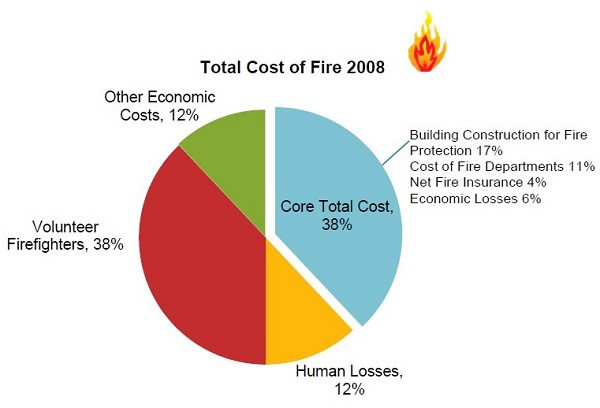
Smoking causes 2 percent of residential fires, and the total cost of fire property damage in 2011, the last year for which statistics are available, was $6.9 billion. Based on those statistics, if all smokers quit or switched to electronic cigarettes, the annual savings would be $138 million.
Secondhand Smoke:
A study by German researchers’ points to another economic benefit to electronic cigarettes: reduced health costs related to secondhand smoke.
The study led by A. Bastcheider of BMC Health services found that children exposed to secondhand smoke at home face significantly higher medical costs than children who are not exposed.
The risk was not reduced if smokers limited their at-home smoking to patios and balconies. Even children exposed to smoke in public places away from their homes required more expensive medical care than children who weren't exposed to secondhand smoke.
“Preventing children from exposure to second-hand tobacco smoke might thus be desirable not only from a health but also from an economic perspective, “the authors concluded in the October 2012 report published in BMC Health Services Research.
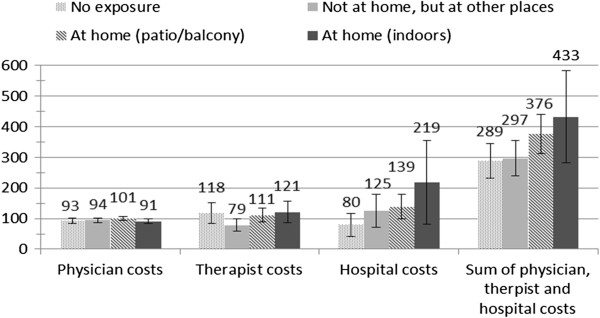
Electronic cigarettes do not emit smoke. If smokers quit or switched to electronic cigarettes, the potential cost savings would total $10 billion a year, according to a Society of Actuaries study completed in 2005. Since health care costs have increased about 4 percent each year since, the potential savings in eliminating secondhand smoke would now total about $13.1 billion.
To learn more about the health effects of secondhand smoking, see this infographic.
Recovered Worker Productivity Costs: $26.6 Billion to $260 Billion
Banning smoking in the workplace has exacted a large economic toll on employers.
There are currently 135.2 million people working in the U.S. About 1 in 5 of those smoke, according to the CDC that puts about 27 million smokers in the workplace. If each of those smokers took a single 10-minute break to smoke outdoors, the loss in productivity would add up to $26.6 billion annually.
The productivity costs break down as follows:
- 27 million x 10 minutes = 270 million minutes lost daily to smokers who smoke outside.
- 270 million/60 = 4.5 million hours lost daily to smokers who smoke outside.
- 4.5 million x 250 = 1.125 billion hours lost annually to smokers who smoke outside.
- 1.125 billion x $23.63 (national average hourly wage) = $26.6 billion annual loss in productivity.
If employers banned outdoor smoking breaks and instead allowed electronic cigarettes in the workplace, employers could gain a minimum of $26.6 billion dollars in productivity.
If those workers each took 10, 10-minute breaks a day, the annual loss of productivity would add up to more than $260 billion dollars.
Bars and Restaurants: $400 Million
When anti-smoking laws started taking effect in bars and restaurants, experts in the hospitality industry worried that the bans would reduce their income and possibly jeopardize their businesses.
Some research suggests that such fears were unfounded, but that hasn't stopped bar and restaurant owners from cheering the availability of ecigarettes and fretting that proposed bans on the devices will hurt revenue.
A National Public Radio report says American adults spend 1 percent — $1 for every $100 — of their income on alcohol. And they spend 40 percent of their booze budget in bars and restaurants.
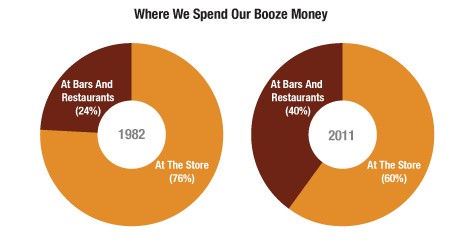
A Gallup poll found that Americans who earn $90,000 or more a year spend an average of $145 a day and people who earn less than that spend $59 a day. This means that wealthier Americans spend $1.45 a day on wine, beer and spirits and those with less cash to spend shell out 59 cents a day on booze.
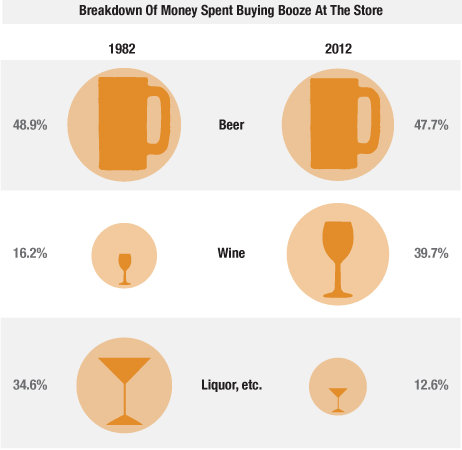
Let's stick with the 71.4 million less-rich folks who spend 59 cents a day to buy margaritas, manhattans, mojitos and more drinks at their local pub or diner. Their spending adds up to $42 million a day.
If smoking bans convinced them to do their drinking at home for just three days a year, the economic cost to bar and restaurant owners would be $126 million a year. If smoking bans kept them home for 10 days a year, the economic consequence would top $420 million a year.
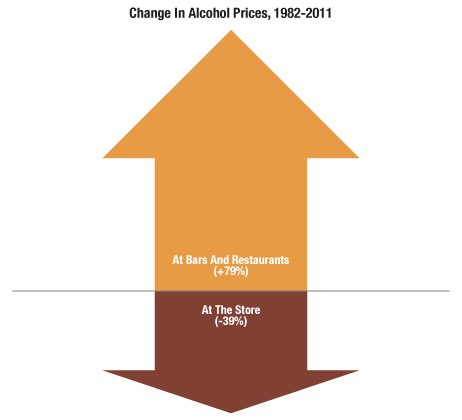
To be fair, one study shows that anti-smoking laws do not adversely harm bar and restaurant revenues. Although smokers stayed away from their favorite drinking spots when smoking bans were first enacted, they returned to their normal habits, Hans Olav Melberg reported in the February 2012 edition of the European Journal of Health Economics.
The study took place in Norway and, the researchers concluded, if smokers in a frigid climate will endure smoking bans, smokers everywhere will.
The study examined bar and restaurant revenue from 1999 to 2007 so did not consider what the growing popularity of ecigs may have had on results.
Bottom Line
Science is complicated. Math is simple. Electronic cigarettes make an economically sound alternative to tobacco cigarettes.
Katherine Brooker is a New York Times-acclaimed freelance writer who's written about big and small business for more than 15 years. She independently researched this article on behalf of Premium Vapes Electronic Cigarette.
Additional Resources:
- The official website of the U.S. Fire Administration—Working for a Fire-Safe America
- Facts About Smoking and Home Fires


